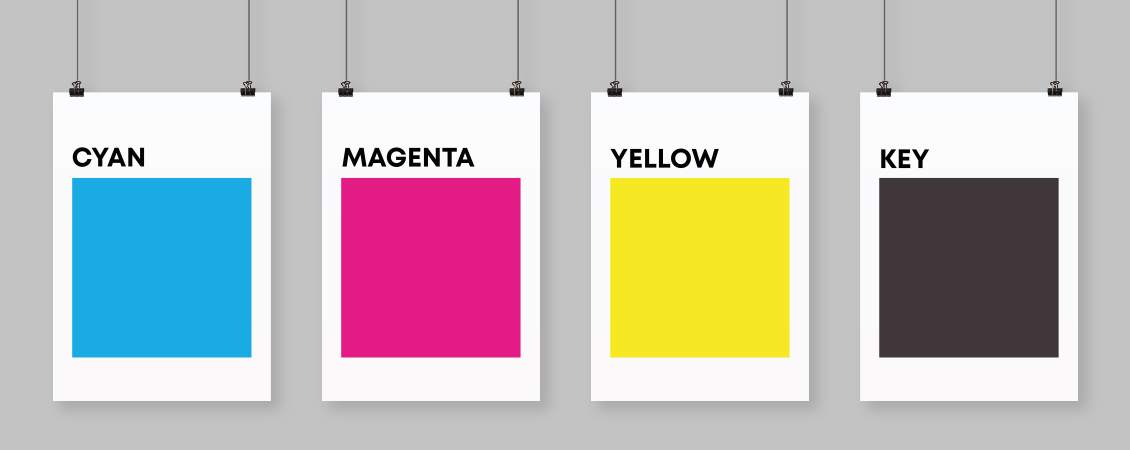
CMYK stands for Cyan, Magenta, Yellow, and Key (Black). It is a color model used in color printing. In CMYK color mode, colors are created by combining these four ink colors in varying proportions. Each ink absorbs light rather than reflecting it, so when they are combined, they subtract light from the white background of the paper, resulting in the perception of different colors.
Here’s a brief overview of each component:
Cyan: A blue-green color similar to cyanide, hence the name. It’s primarily used to reproduce shades of blue and green.
Magenta: A purplish-red color. Magenta is used to reproduce colors in the red and blue spectrum.
Yellow: A primary color that is often used in combination with cyan and magenta to create a wide range of colors, including reds, greens, and oranges.
Key (Black): The “key” color in CMYK printing refers to the black ink. It’s called “key” because in traditional printing, the black plate holds the key details and outlines of the image.

CMYK is primarily used in color printing processes such as offset printing, digital printing, and inkjet printing. It’s worth noting that CMYK is a subtractive color model, meaning that the more ink added, the darker the color becomes, eventually resulting in black when all colors are combined at full intensity.